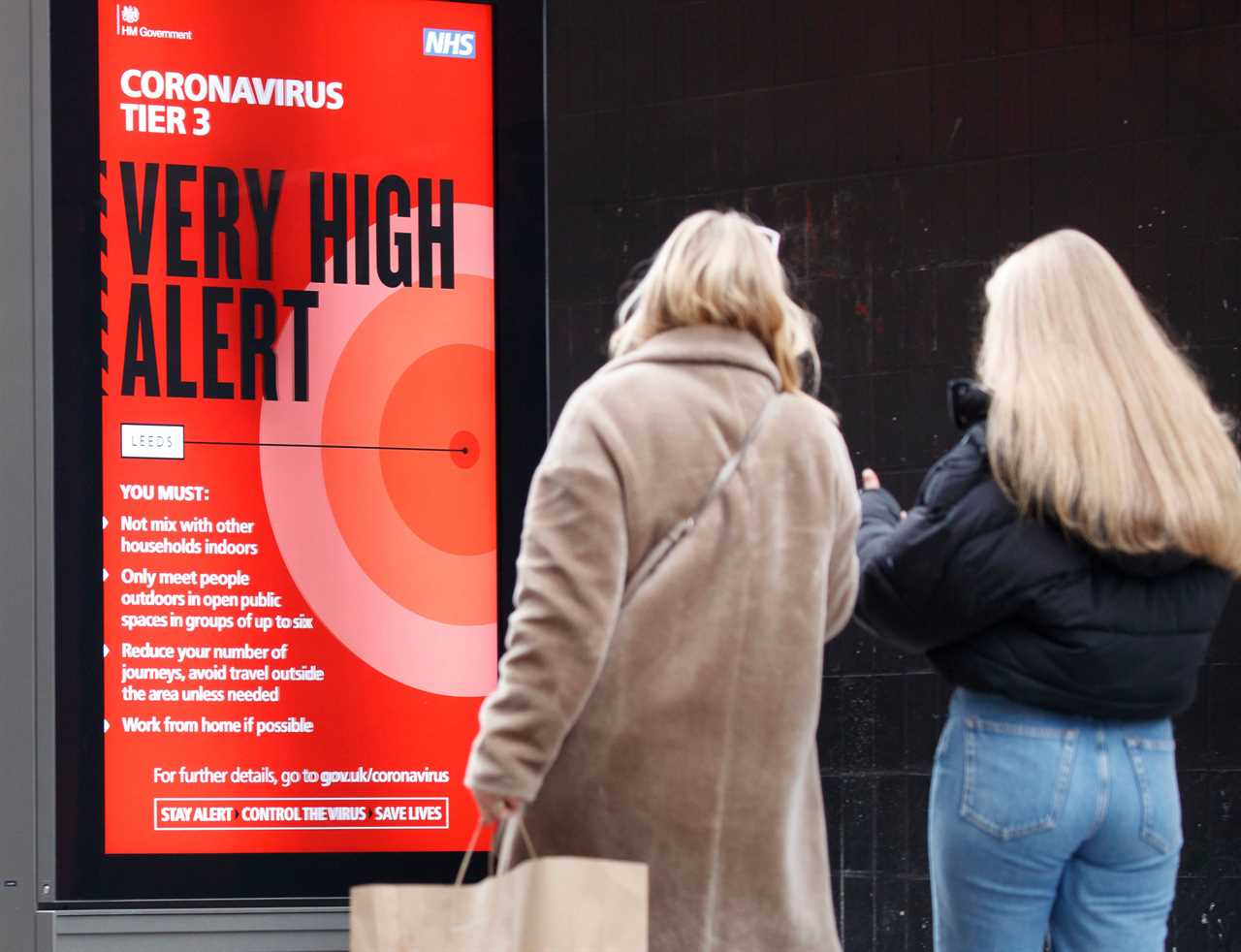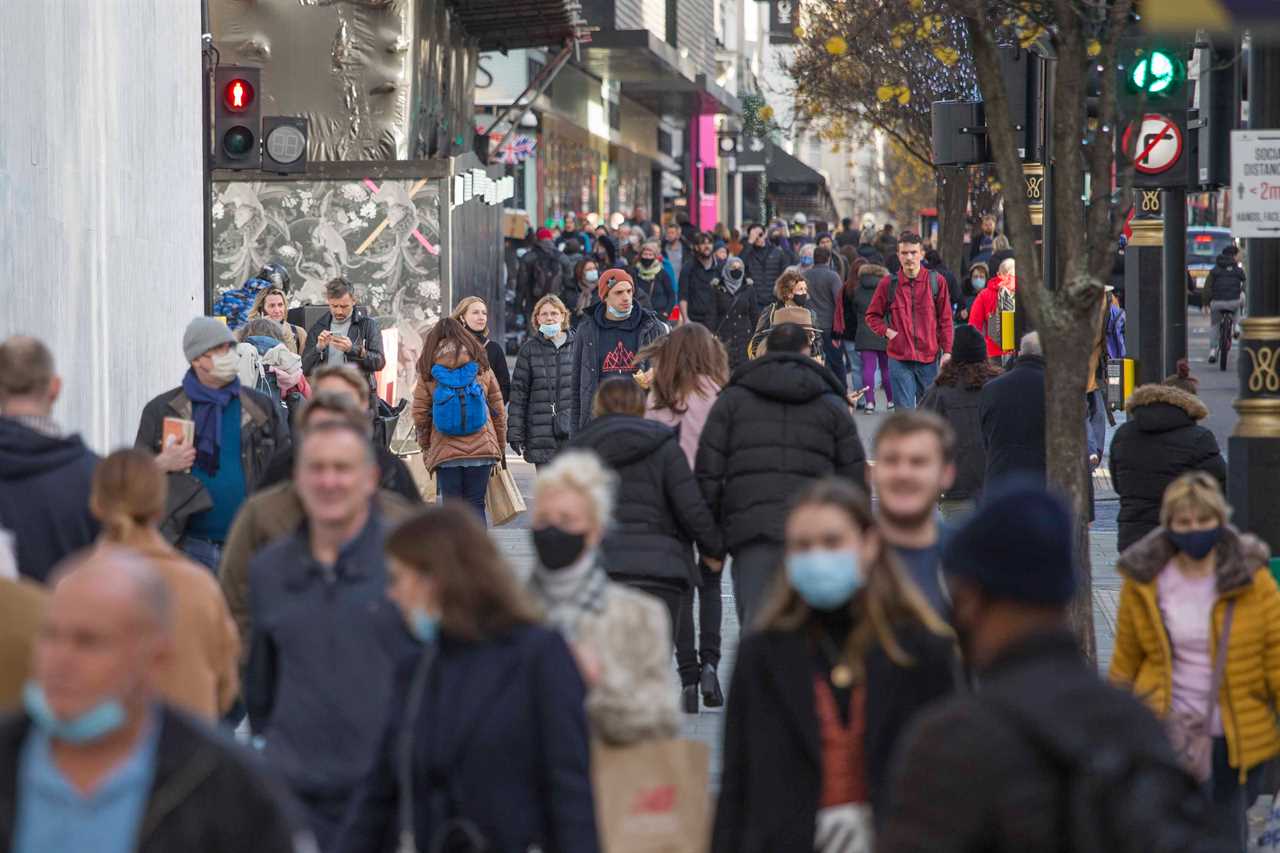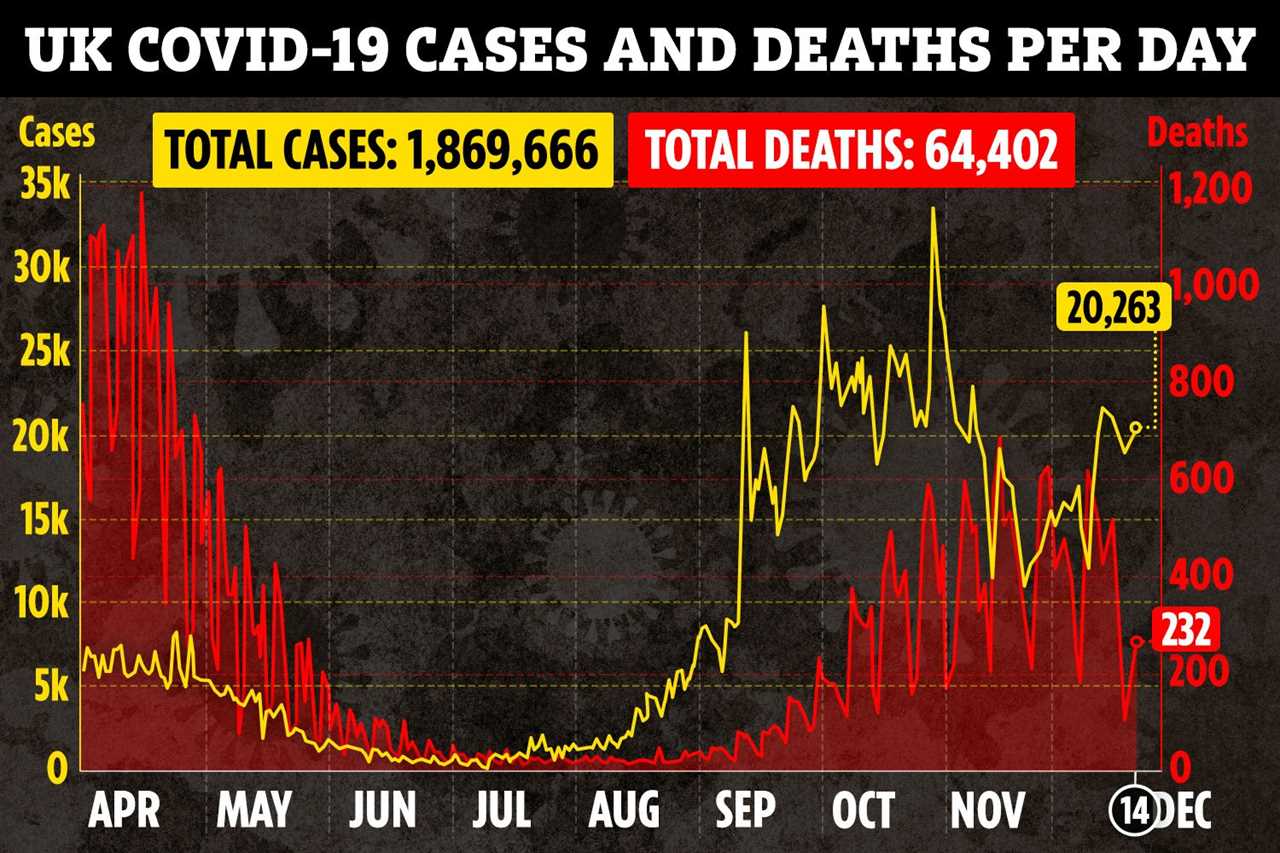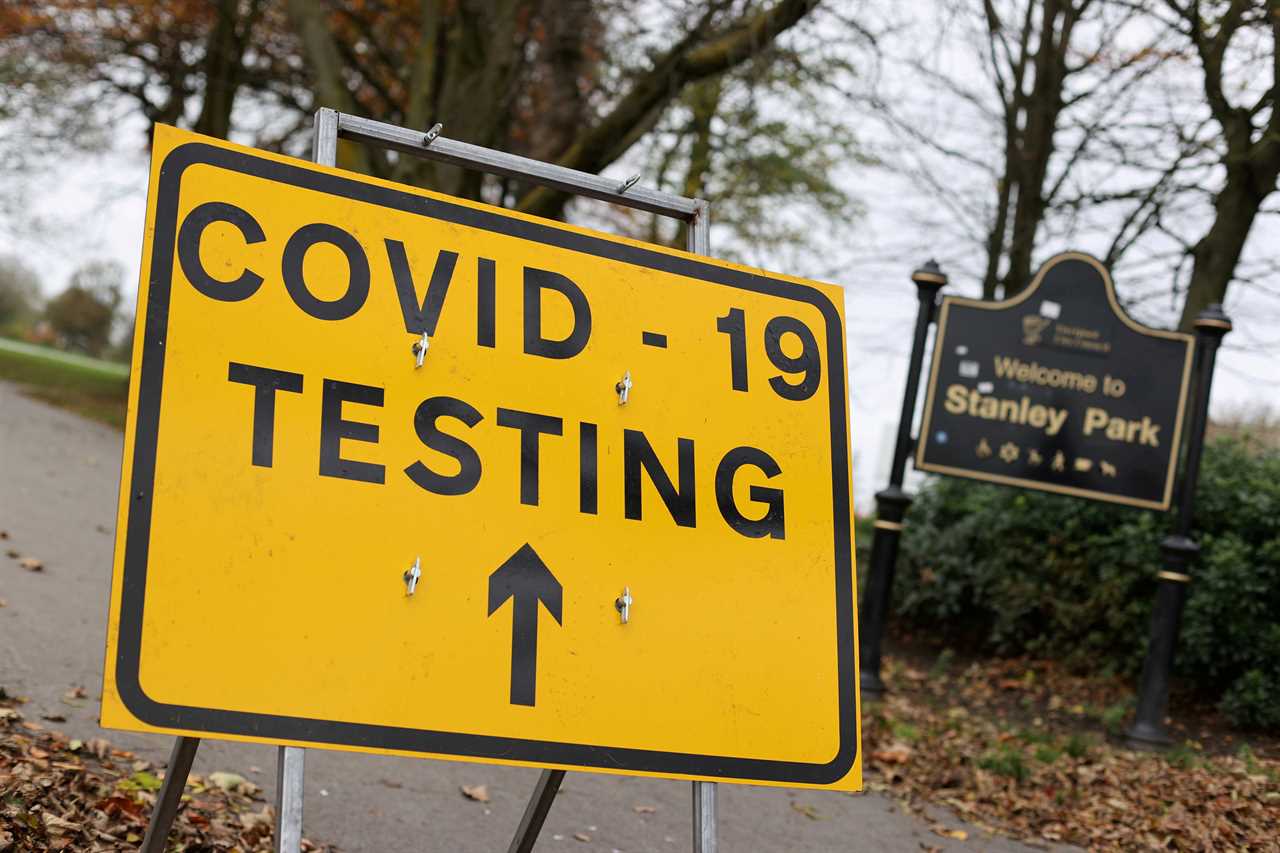THIS interactive map reveals how the coronavirus is spreading in your area as a new mutation of the bug takes hold across the South.
More than two thirds of local areas across England are seeing a rise in Covid-19 case rates.
The divide between regions is starting to switch after Northern areas were hit hard by the pandemic during the summer months.
The South of the country is now experiencing a rise in cases and it was yesterday revealed that a new strain of the virus has been detected.
Experts said that so far around 1,000 cases have been found to have been carrying the strain.
The variant has been discovered in more than 60 places in the UK but experts have stressed that the new strain was not the reason why areas in the South such as London and its neighbouring counties had been placed under Tier 3 restrictions.
Seven days ago, 126 out of a total of 315 local authority areas had recorded a week-on-week jump in rates. That figure now stands at 222.
The rise in cases across the country comes as:
- Health Secretary Matt Hancock warns people to isolate now in order to have a safe Christmas
- A Devon and Exeter hospital was placed on “black alert” after a surge in Covid patients
- A new mutation of the virus was revealed – with over 1,000 cases having been identified
- Medical experts warn that Christmas bubbles should be axed in a plea to the government
- A leaked report revealed that keeping pubs open lowers Covid infection rates

LONDON CALLING
London will move from Tier 2 to Tier 3 at 12.01am on December 16 after cases continued to rise in the capital.
Figures from Public Health England (PHE) show rates are rising in all 32 local areas, with the biggest jump in Havering – up from 348.3 cases per 100,000 people to 540.9.
This is also the highest rate anywhere in London, and the fourth highest in the whole of England.
Westminster has the lowest rate – 131.6, up from 91.5. A total of 15 of the top 50 highest rates in England are currently in London.

Like London, the whole of eastern England had been in Tier 2 restrictions.
But from 12.01am on Wednesday December 16, 11 local authority areas in Essex and four in Hertfordshire will be moving into Tier 3.
All of these areas have seen a week-on-week rise in rates, along with every other local area in the region – with three exceptions: North Norfolk, South Norfolk and Stevenage.
These three areas have seen very small decreases.
RISING RATES
Rates have also increased in the South East and all but five of the 67 local authority areas have seen an increase in cases.
The five areas where rates have fallen are Basingstoke & Deane, the Isle of Wight, Runnymede, Thanet, and Winchester.
Currently 14 areas in the South East are in Tier 3, comprising the county of Kent plus Slough in Berkshire.
Everywhere else is in Tier 2, except the Isle of Wight, which is in Tier 1.
Ashford in Tier 3 has seen the biggest week-on-week increase, up from 220.7 to 496.8.
But the second biggest rise is in Hastings – currently in Tier 2 – up from 153.2 to 396.1.

SOUTH WEST
The latest PHE data states that 18 areas in the South West have recorded an increase in cases.
There are 29 local authority areas in the region and Forest of Dean has seen the biggest rise in cases from 68 to 184.4. the area is currently in Tier 2 restrictions.
North Somerset, South Gloucestershire and Bristol are all in Tier 3.
South-west England includes the only other area in England, along with the Isle of Wight, that is in Tier 1 – Cornwall & the Isles of Scilly.
Here the rate currently stands at 20.6, down from 25.9 and the lowest in the region.
Gloucester (Tier 2) has the highest rate, up from 159.5 to 222.3.
NOT SO GRIM UP NORTH
Cases of the virus have been prevalent in the North but the latest figures show that some areas have lower infection rates than in the South of the country.
The North East is in Tier 3 and rates have dropped in all areas here except County Durham, Middlesbrough, South Tyneside and Redcar & Cleveland.
Rates overall are at a lower level than much of southern England, however.
Most of the North West is also in Tier 3 except Liverpool City Region; Warrington; Cheshire East; Cheshire West & Chester; and all the local authorities in the county of Cumbria – which are all in Tier 2.

Rates are up in just over half of all local areas in the region – 22 areas out of 39.
But, as with north-east England, rates across this region are typically lower than most areas in the southern half of the country.
In Yorkshire & The Humber rates are also down in all regions except Rotherham, Ryedale and Selby.
In each case the week-on-week increase is very small, however.
MIDDLE OF THE ROAD
The Midlands has also been hit hard by the virus and areas such as Leicester have faced tougher restrictions for most of the year.
In the West Midlands there have been increases in 17 of the 30 areas in the region including Staffordshire Moorlands.
In the East Midlands the majority of areas are also seeing an increase in cases.
A total of 23 of the 40 local authority areas have seen rates increase in the latest figures.
All of the East Midlands is currently in Tier 3, except for the county of Rutland and all local authority areas in Northamptonshire.






